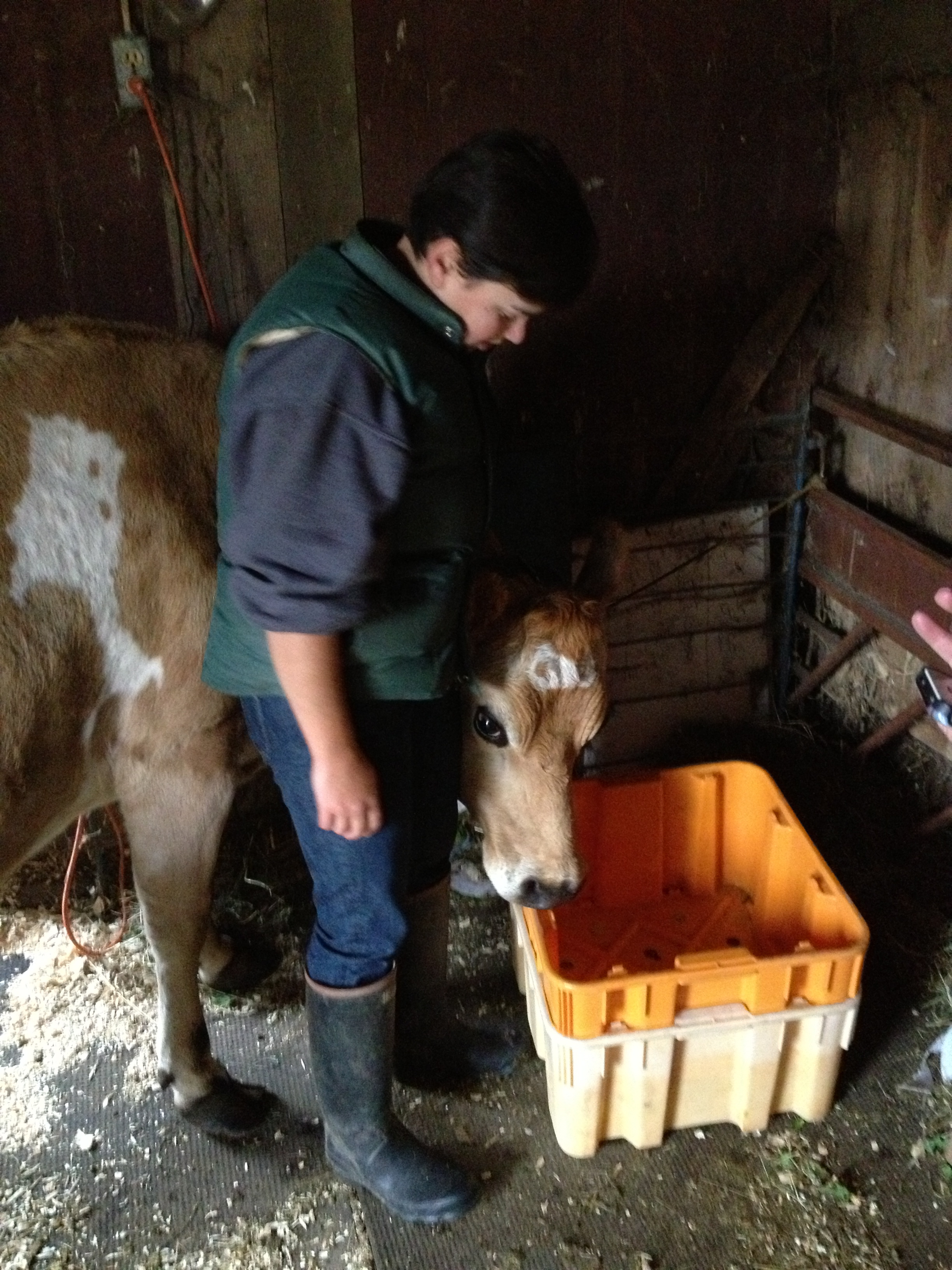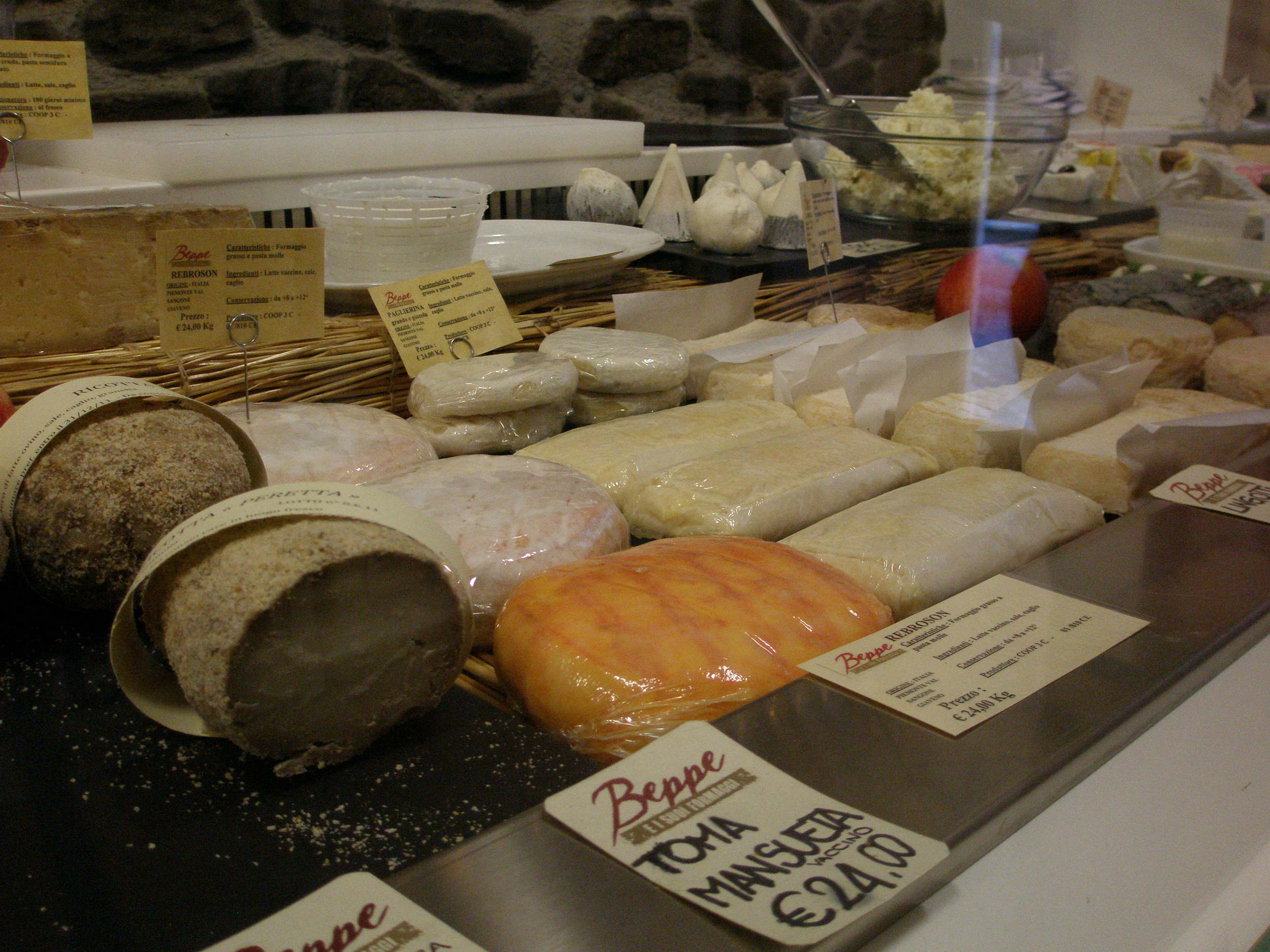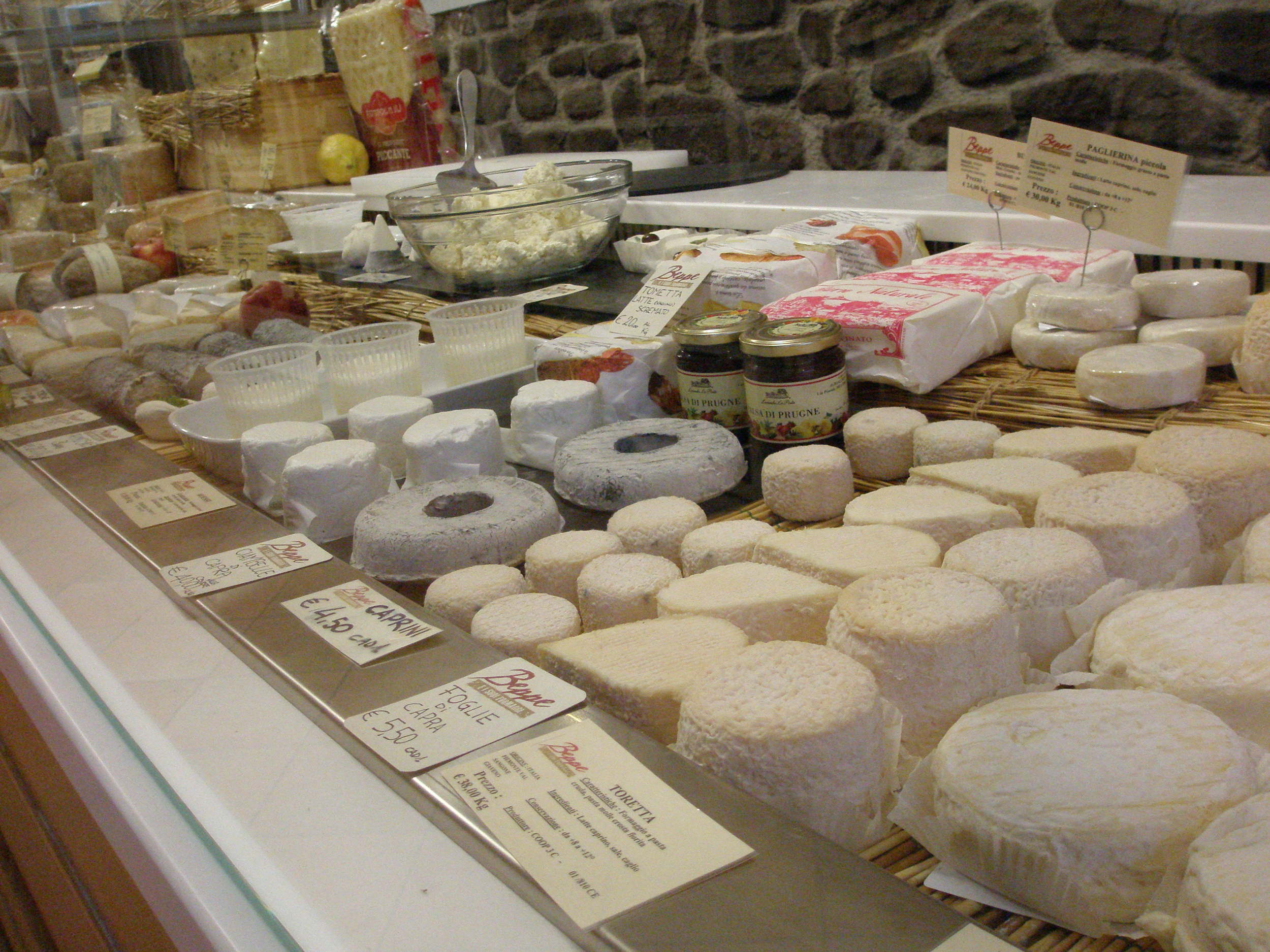Maximize efficiency! Maximize profits! Get big or get out! For decades, those first two exhortations led directly to the third, made famous by bumbling 70s USDA boss Earl Butz. Bigger farms, bigger machinery, bigger subsidy checks, bigger debt. Economy of scale! We’ve got to fed the world, and industrial agriculture was the answer. Industrial agriculture is at its core based on one simple principle: to maximize efficiency (and therefore profits), you have to get very good at once specific step in the assembly line that is our modern food system. One farm to birth the calves, another to feed them, another to finish them. Whole swaths of the country planted in alternating corn and soy. Buildings as big as city blocks stuffed with chickens, animals bred and fed to produce meat as quickly and cheaply as possible. You also get forty thousand acres of organic lettuce, millions of overgrazed acres from grass-fed beef, and more huge buildings full of “all-natural” chicken. You find your part of the chain, buy what you need and sell it for pennies more, relying on scale to maximize those pennies into a living. You build your buildings, buy your tractors, and hope you’ll be able to pay off those loans eventually. Maybe you always wanted to grow up to drive a gleaming green tractor, or maybe it’s just a job you fell into because that’s what you do when you’re rich in land and little else. It’s not hard to see how our food system became what it is today, and it’s hard to point fingers at individuals who made these types of decisions along the way.
The CSA vegetable farmer of today positions herself as a diametric opposite to this industrial model. She knows her customers by name, and they know exactly where their food comes from and how it was grown. She packs her waxed cardboard boxes each week in the summer and fall, and each week her members unpack the box, challenging themselves to use another cabbage, or a whole daikon, or to try and like mustard green this year. She specializes not in one small task, but in a whole experience. She doesn’t grow one thing, she grows 40! But at what cost? At the small scale that most CSAs operate (and too often, fail to operate), this means efficiency goes straight out the window. She’s trying to be an expert in everything - from the actual planting, cultivation, harvest, and processing of dozens of different plants with different needs to marketing and customer service and delivery, and sometimes even accounting and grant writing. She tries to instill a sense of efficiency in herself and her employees, but in the end she’s stuck using a blunt tool for every job. She can’t buy that specialized potato digger when potatoes are just one small piece of her pie, and a relatively low-grossing one at that. She never gets the timing quite right on her greens in the spring, because she’s busy juggling twenty other hot irons. Maybe someday, after fifteen or twenty years of hard work and lessons learned, she’ll have hundreds (or thousands!) of satisfied CSA members, dozens of well-trained employees, a tractor for every job, and a system for every crop. She’ll still be a sparkling alternative to industrial agriculture, working against the odds to create her own well-oiled machine out of whole cloth and cannibalized parts. For some people, this is the goal when they start out with a few dozen shares and a box full of seed packets. In some ways, it certainly is appealing. For others, including myself, this model leaves something to be desired.
As crazy as this might sound, that CSA farmer hasn’t eschewed specialization enough. She grows dozens of different vegetables, but she’s only growing vegetables. Her systems, while edging towards efficiency, are all high-input. Not just in knowledge and labor, but in resources and nutrients. She might be certified organic, but she is in all likelihood relying on composted manure from outside livestock operations, whose practices may or may not align with her ethics. She tries her best to feed the soil, but at the end of the day, she tills her fields at least once per season (more likely three or four times). She delivers waxed-boxed bounty, but her share amounts to less than half a family’s meals for less than half a year. So what’s the alternative to the alternative? An even further step from the common-sense efficiency of industrial agriculture: the diversified farm.
The most ambitious version of the diversified farm is the year-round whole diet CSA, the very antithesis of the industrial model. In this case, a farm attempts to grow everything a family eats for the entire year: vegetables, fruits, meats, grains, dairy, etc. There are a few examples of whole diet CSAs, the most familiar of which might be Essex Farm in Essex, NY, which was the subject of Kristin Kimball’s memoir The Dirty Life. I was lucky enough last fall to spend a week volunteering at Essex, where I learned the most I’ve ever learned in a week. Most importantly, I learned that growing all the food eaten by 80 families takes a gargantuan effort by a large and dedicated crew week after week. Mark Kimball said himself that by choosing to grow everything, they were never going to be experts in growing any one thing. They have a dedicated crew of young farmers who each head up one aspect of the farm for the season, but with high employee turnover and the obstacles each new season brings, the learning curve is steep. As Kristin writes on the farm’s blog, “the difficult part, as always, is keeping the whole complex machine running without going broke or burning out.” That is bound to be the complication that arises when the inputs that keep a farm running are not chemical, but human. Whether you’re one farmer feeding twenty people on a quarter acre or fifteen feeding five hundred on ninety, the threat of burning out is always nearby, in the foreground or the background. Every CSA farmer works the hardest they’ve ever worked for six months out of the year. On a diversified farm, your livestock have year-round demands, meaning that your winter never tapers off to the comparative hibernation of the vegetable farmer in winter. If you’re trying to supply your members food all year round, you’re always trying to extend your season, perfect your storage, get the scale just right. Nobody wants to spend February eating nothing but cabbage, and there’s no customer that doesn’t require some level of education, whether that’s someone who’s never canned tomatoes or an old-timer who just doesn’t get the appeal of boc choi.
It sounds so far like I’m advocating for a return to the hard lives that our grandparents worked so hard to supposedly save us from enduring. In a way, that is entirely possible. There’s no escaping the fact that at the end of the day, the sustainable farm endures. I use the word sustainable here not in the buzzy way. I use it to mean the farm (and farmer) that can support itself ecology-wise, nutrient-wise, labor-wise; a farm that can support the farmers, meet the nutritional needs of the customers, all while sustaining a level of animal welfare and soil health that keep everyone on the right side of history. It’s a tall order, and there doesn’t yet seem to be a right way to do it. I think the folks over at Essex have a great thing going, but I’m wondering whether the same thing might be attempted on a much smaller scale. What if you could convince fifteen a dozen or two families to rely on you to supply everything they eat for a year? It’s an intoxicating thought. I think that somewhere in that range is a sweet spot, a scale that would enable one family to live a good (if hardworking) life while feeding a small community the best food one could ask for. Playing with the numbers to find that sweet spot is the grand puzzle, and where you’ll be able to find me all winter, squinting at spreadsheets and multiplying enterprise budgets to come up with a solid business plan. I’ll let you know when I figure out exactly what kind of puzzle I’m trying to solve.



























